nailfold videocapillaroscopy vs nailfold capillaroscopy
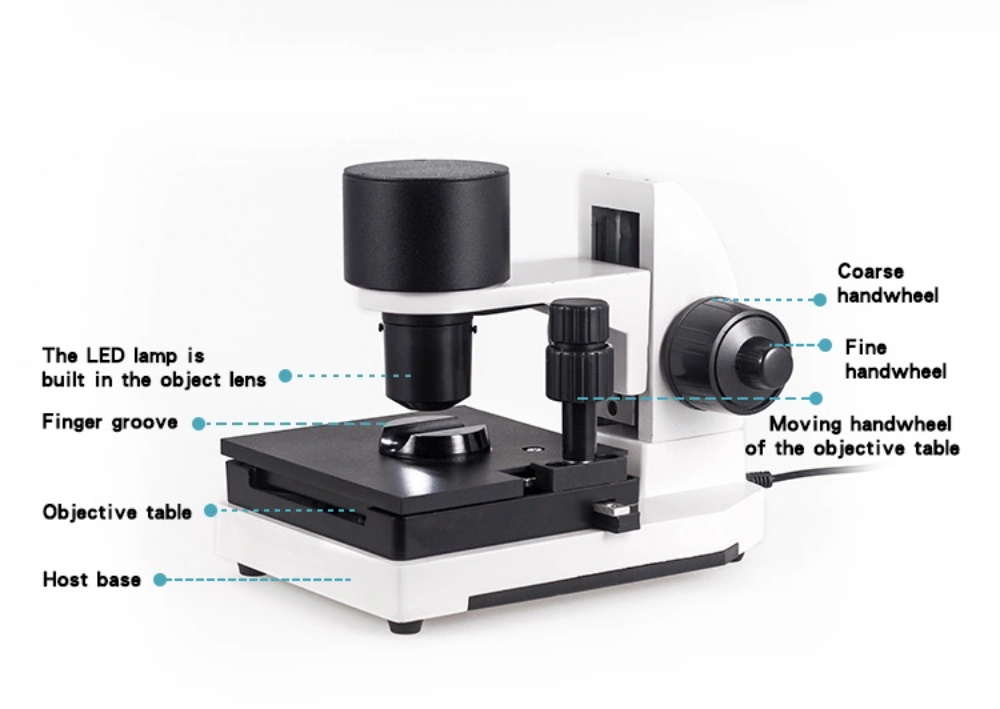
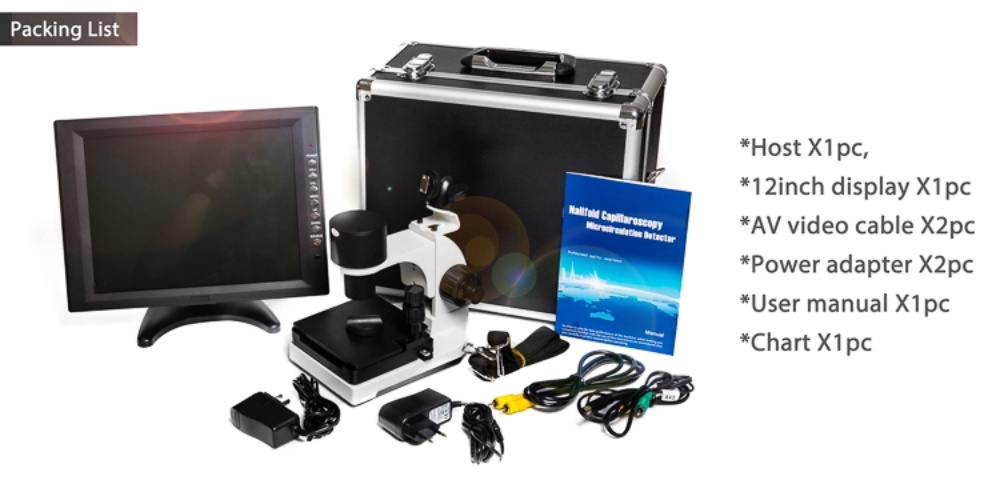
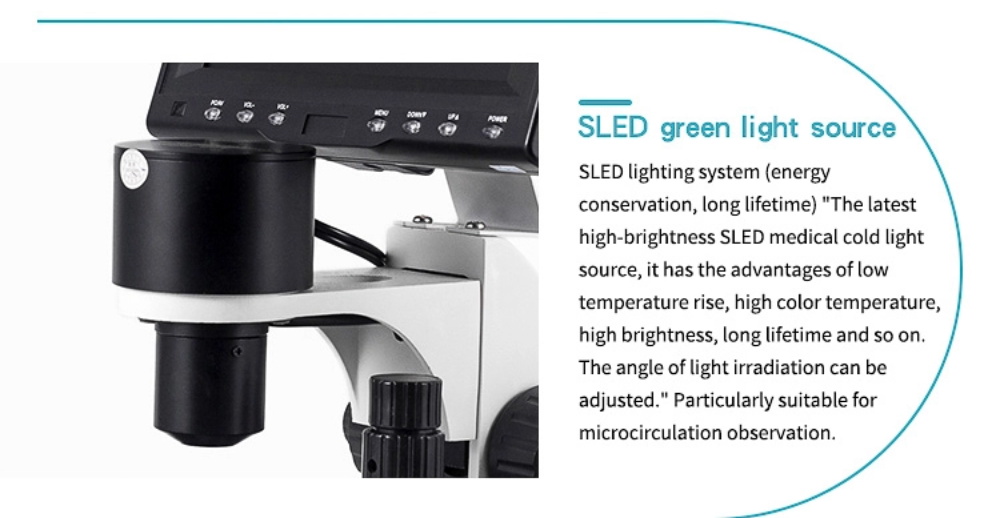
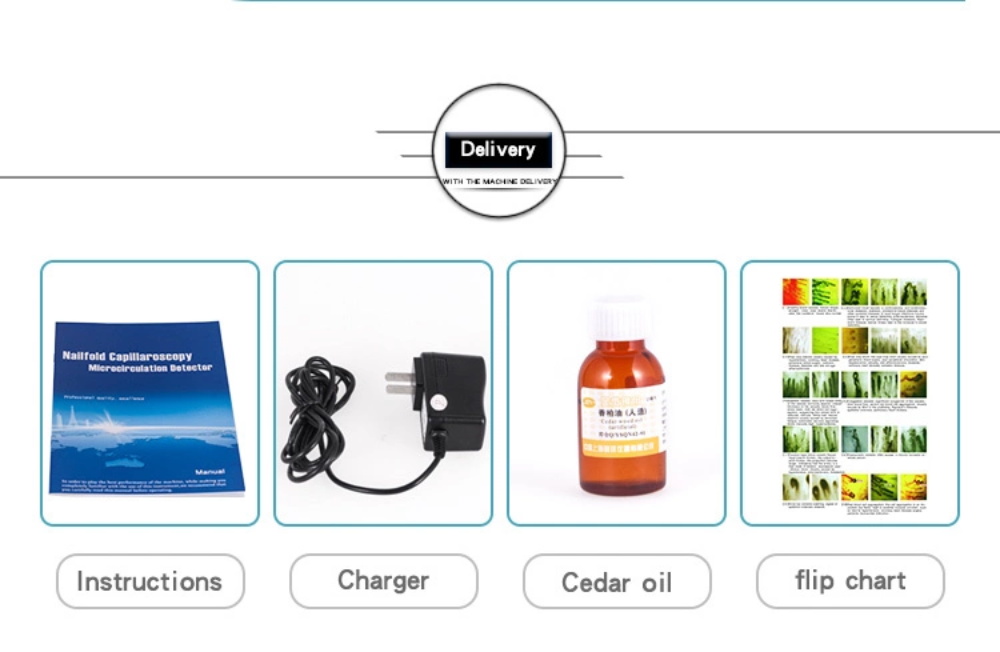
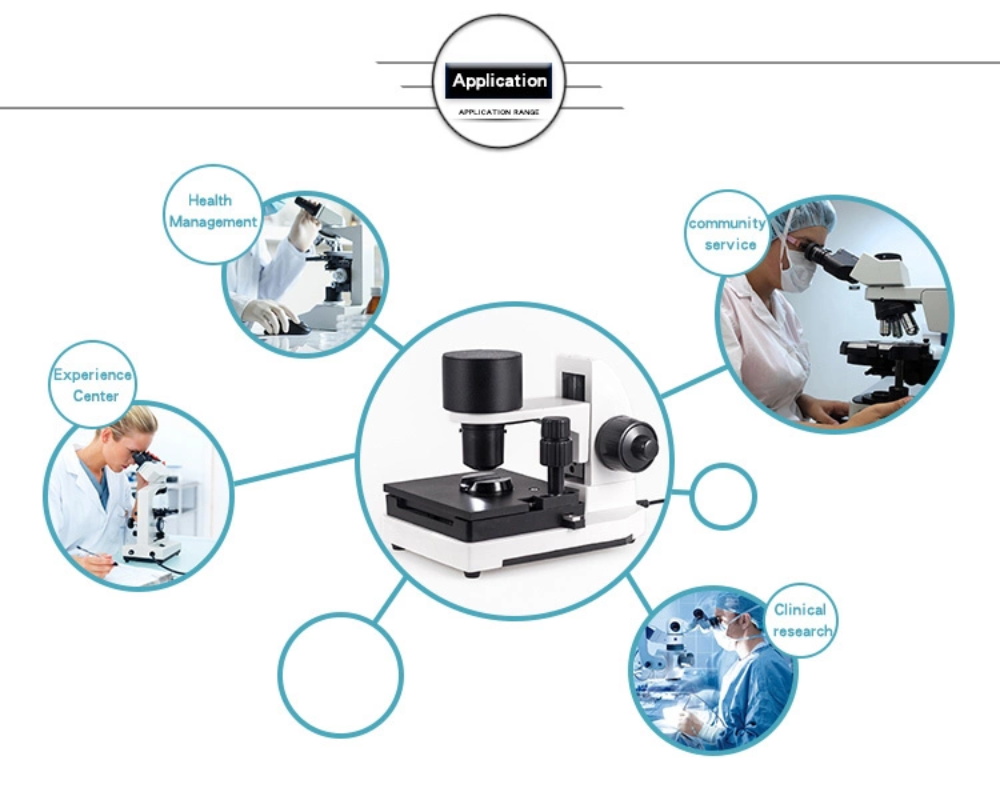
Nailfold capillaroscopy is a non-invasive procedure used to evaluate the small blood vessels (capillaries) in the skin around the nails. It is often used to diagnose and monitor peripheral vascular disease, a condition that affects the blood vessels in the arms, legs, and other parts of the body.
Nailfold videocapillaroscopy and nailfold capillaroscopy are both non-invasive procedures used to evaluate the small blood vessels (capillaries) in the skin around the nails. Both procedures involve the use of a microscope to examine the capillaries in the nailfold (the skin surrounding the base of the nail), and they are often used to diagnose and monitor connective tissue disorders such as systemic sclerosis and Raynaud’s phenomenon.
The main difference between nailfold videocapillaroscopy and nailfold capillaroscopy is the way in which the images of the capillaries are captured and viewed. Nailfold videocapillaroscopy uses a video camera and computer to capture and display the images, while nailfold capillaroscopy uses a traditional microscope with a eyepiece to view the images.
Nailfold videocapillaroscopy has several advantages over nailfold capillaroscopy. It allows the healthcare provider to record and review the images, which can be helpful for documenting the findings and tracking changes over time. It also allows for more precise measurement of the capillaries and other structures, which can be useful for evaluating the severity and progression of connective tissue disorders.
Both nailfold videocapillaroscopy and nailfold capillaroscopy are safe and painless procedures with minimal risks. They are usually performed as outpatient procedures and take only a few minutes to complete. They can provide valuable information about the severity and progression of connective tissue disorders and help guide treatment decisions.

Related Items






